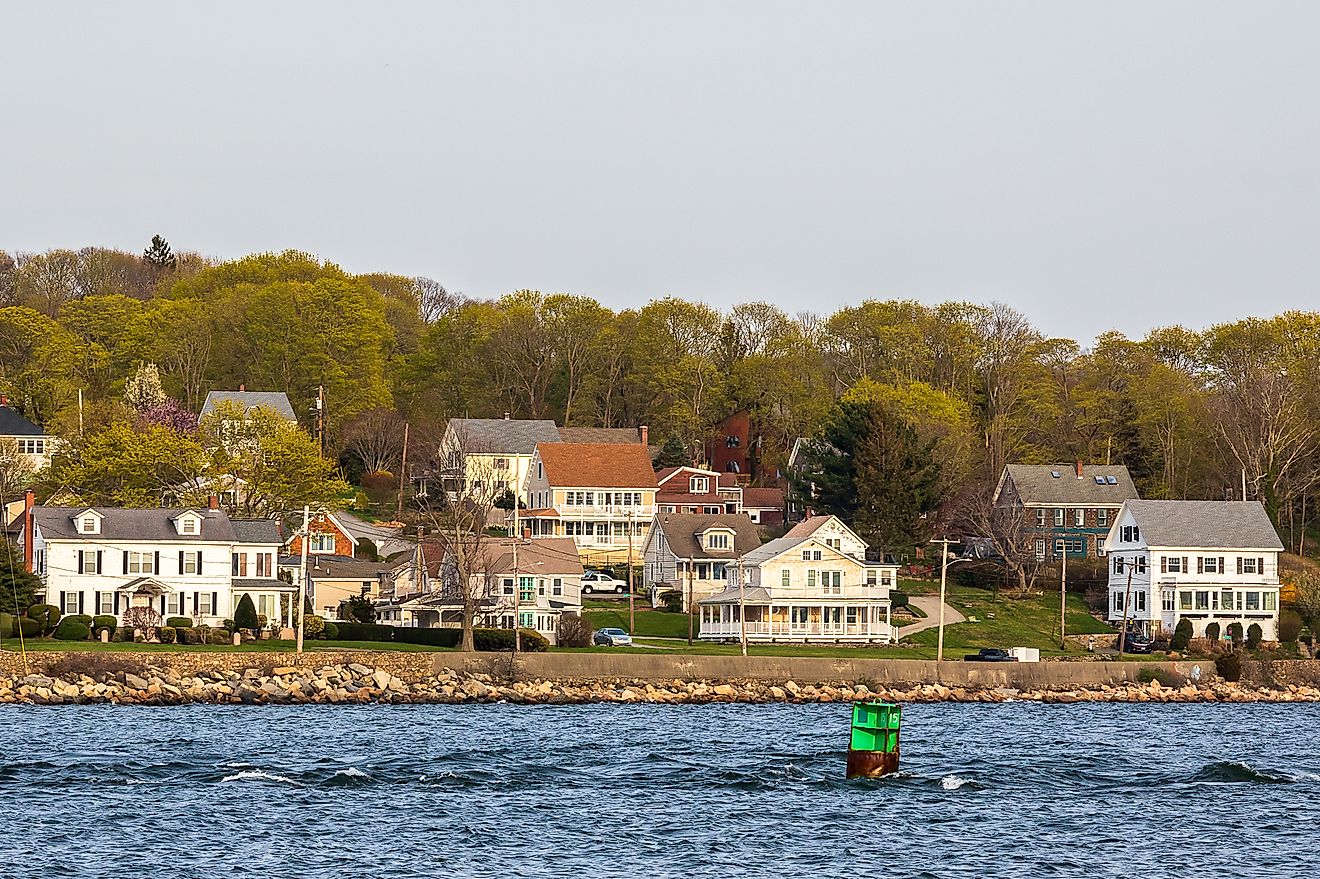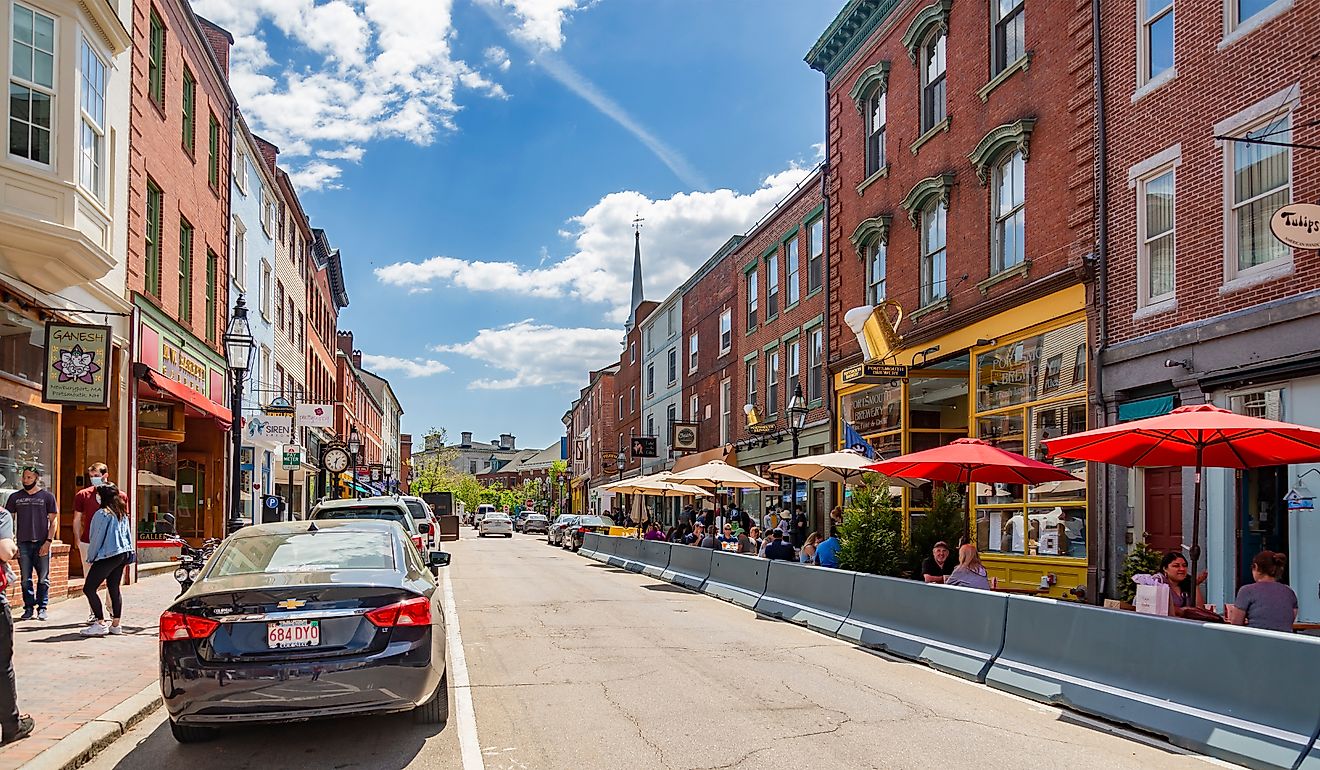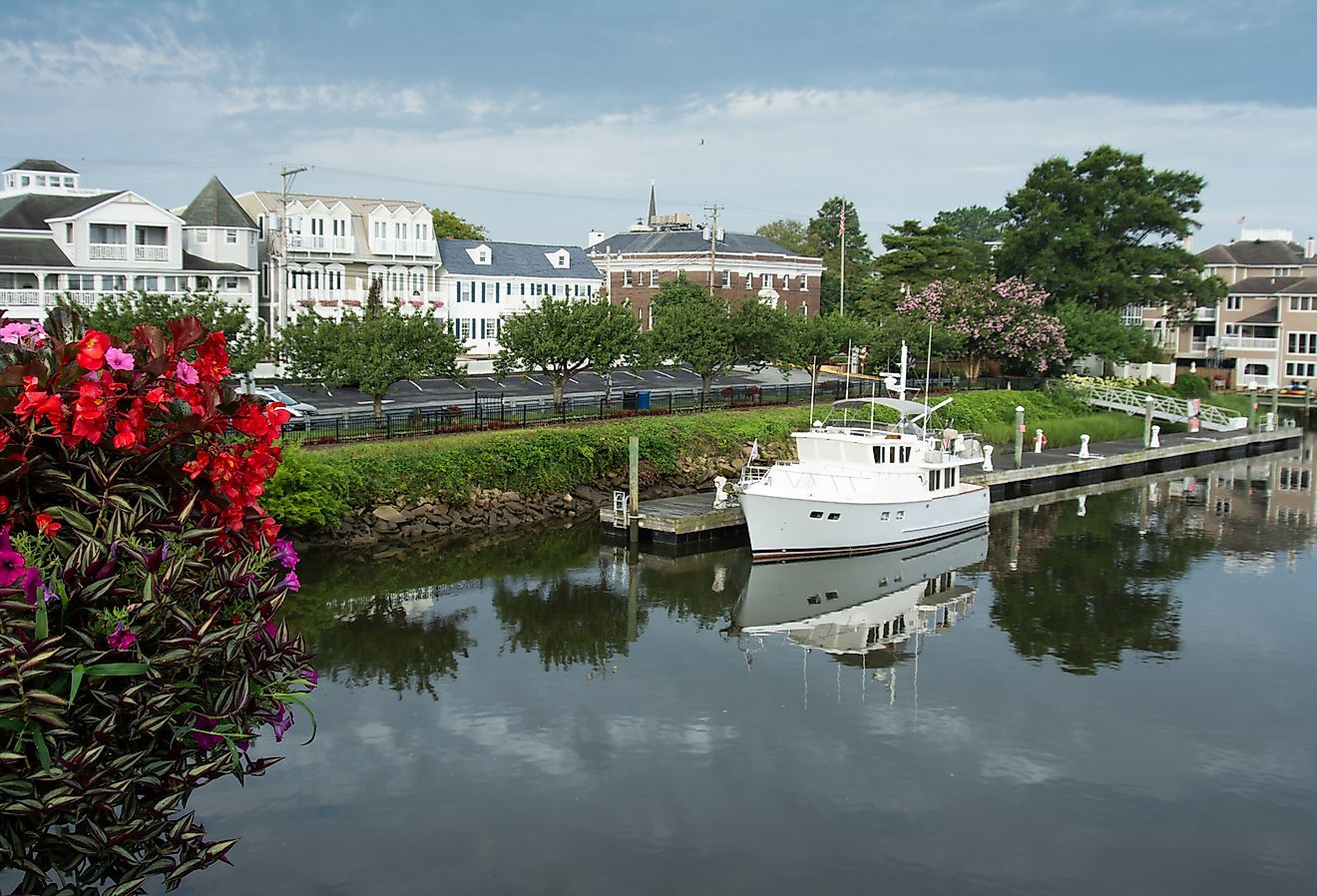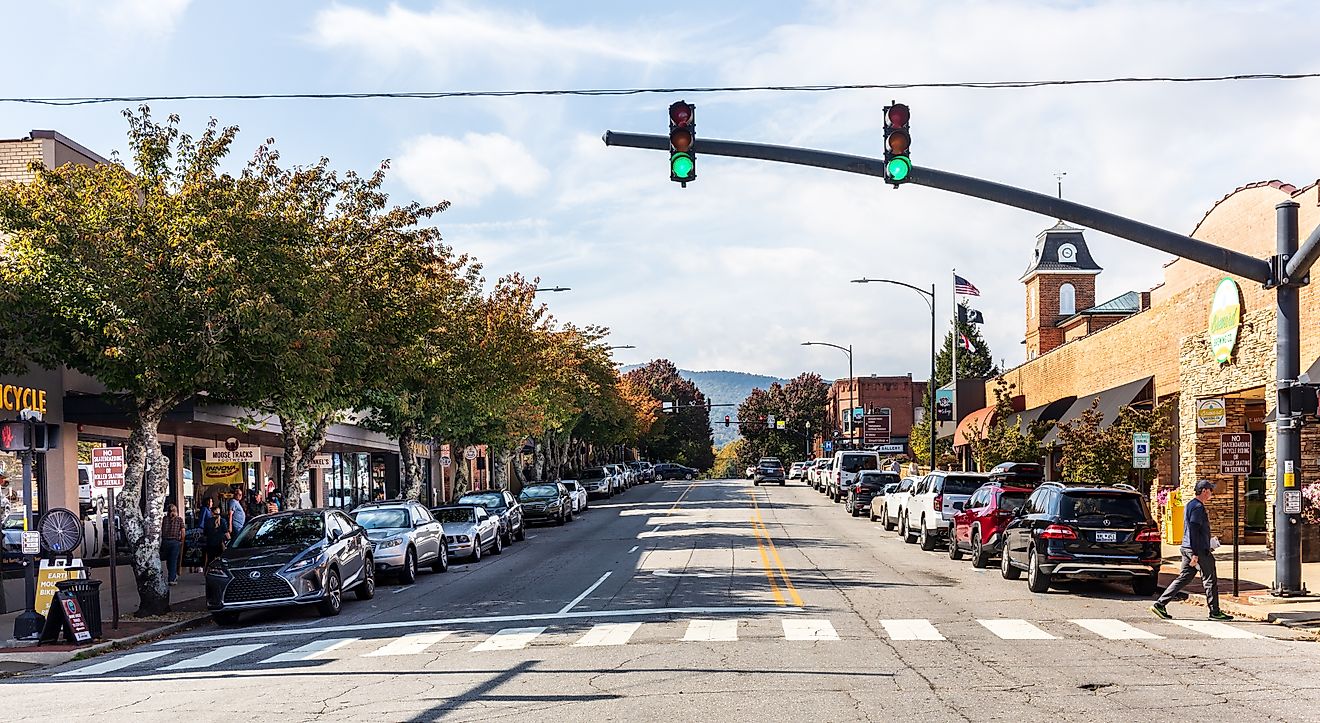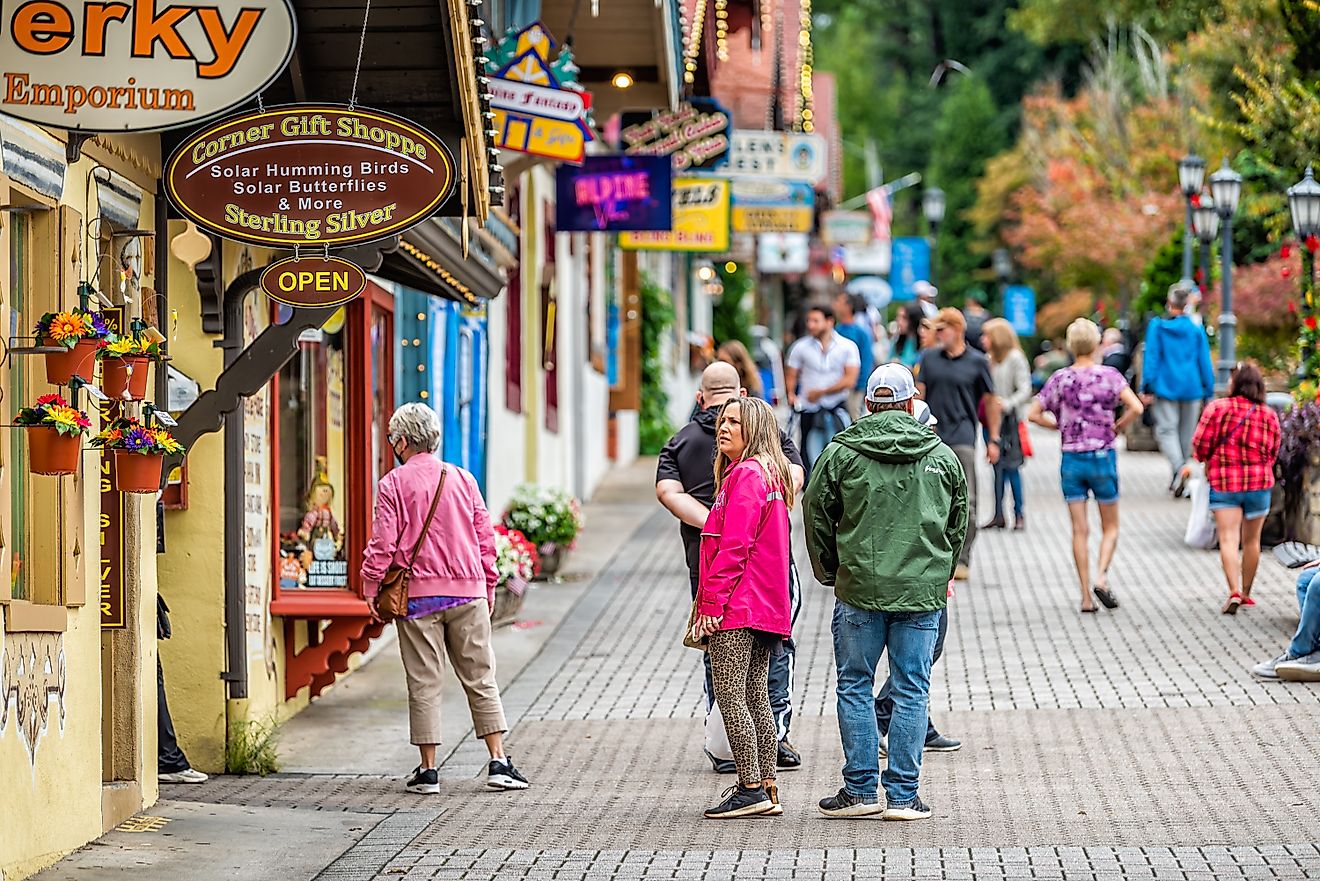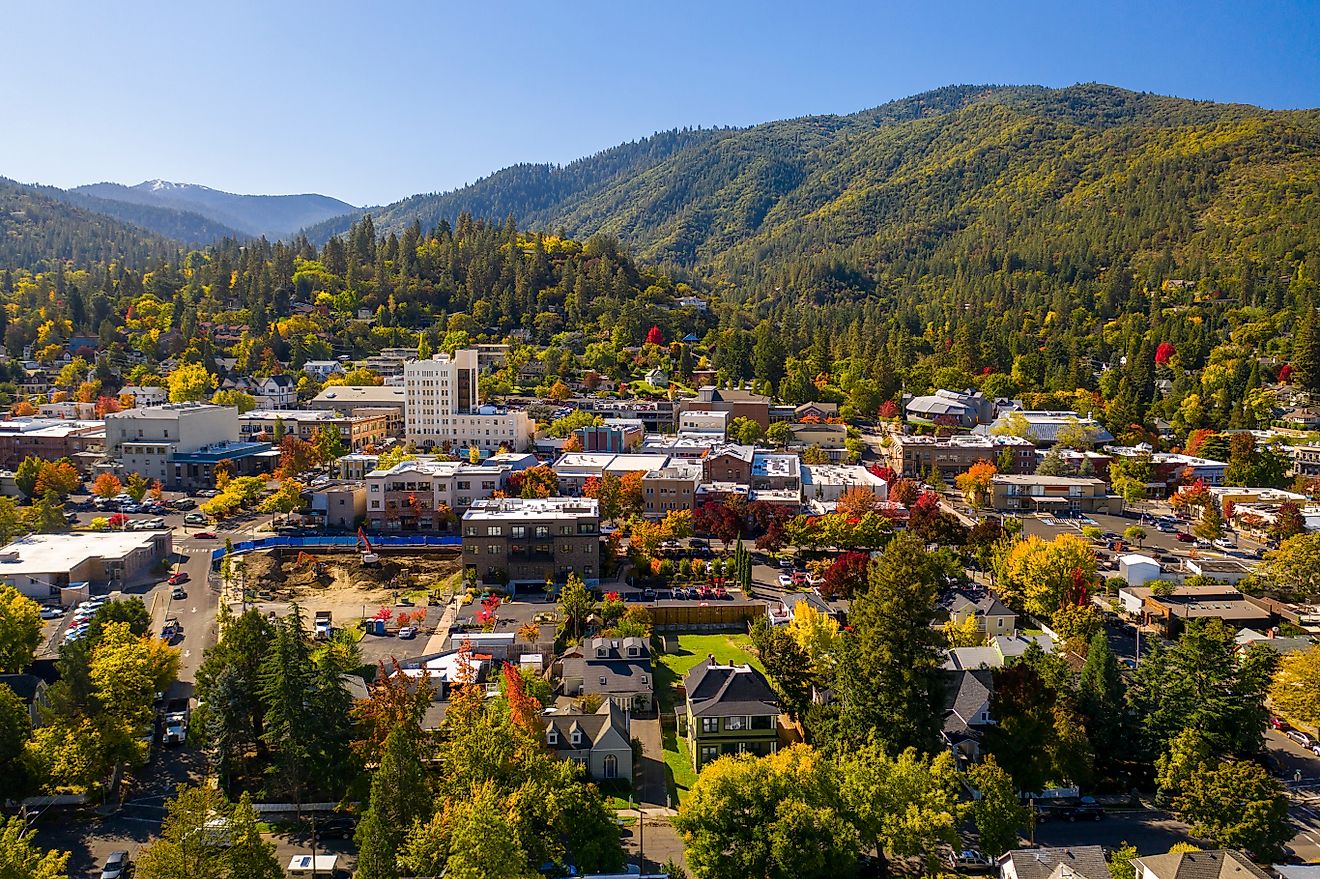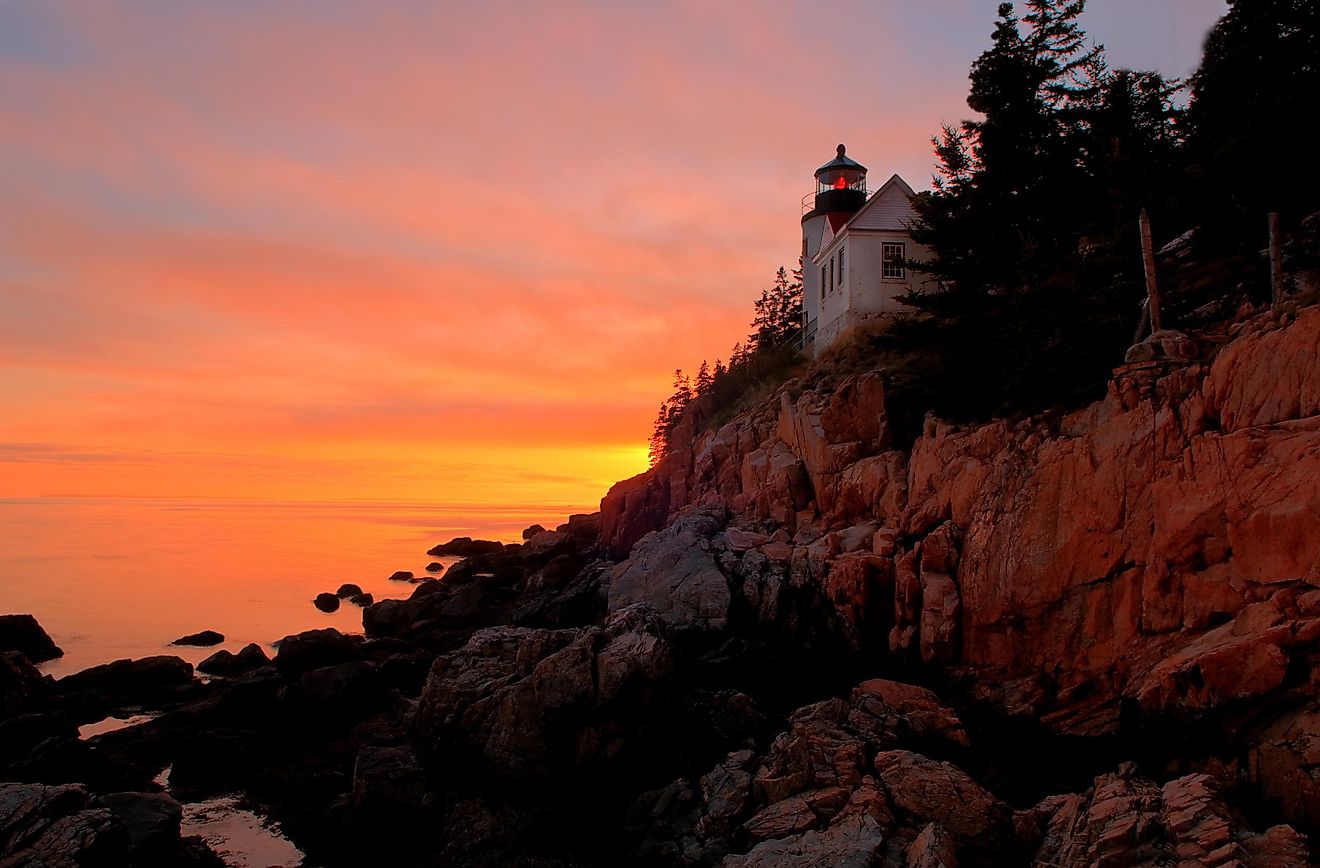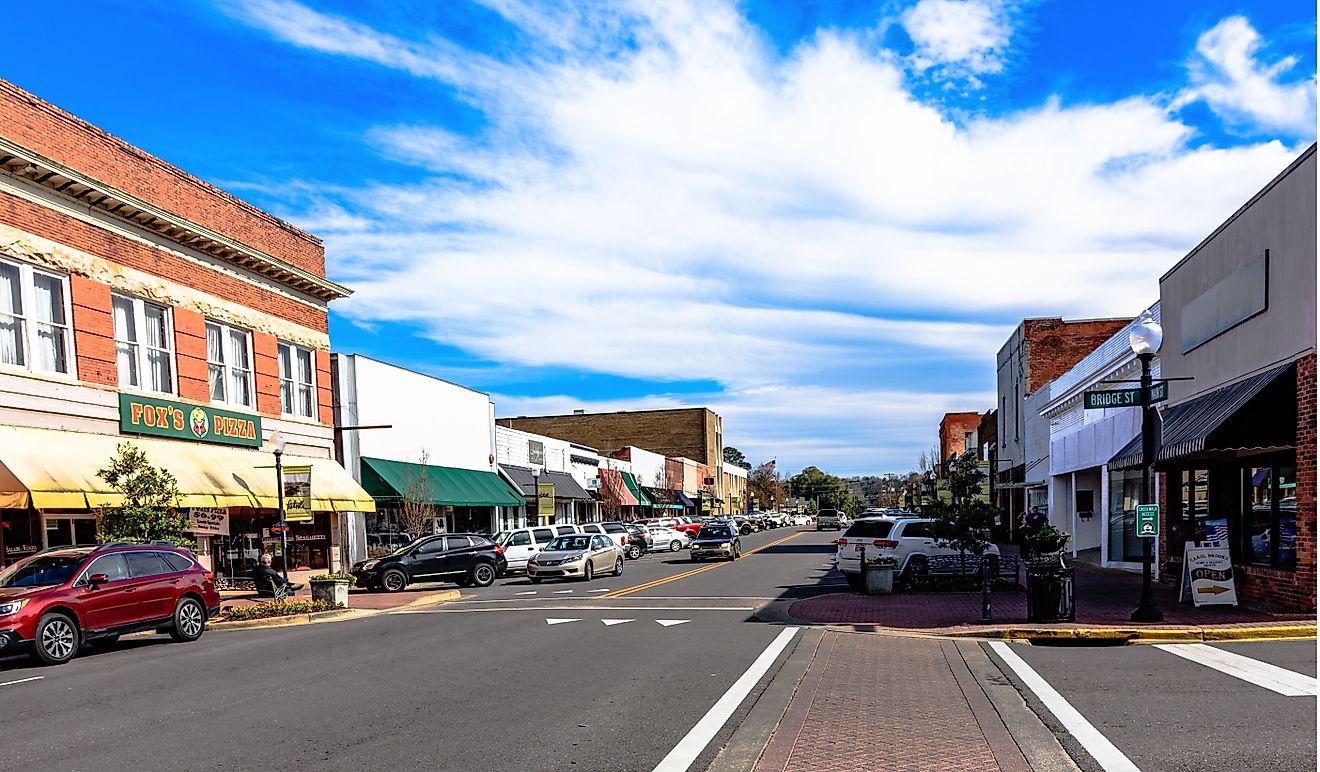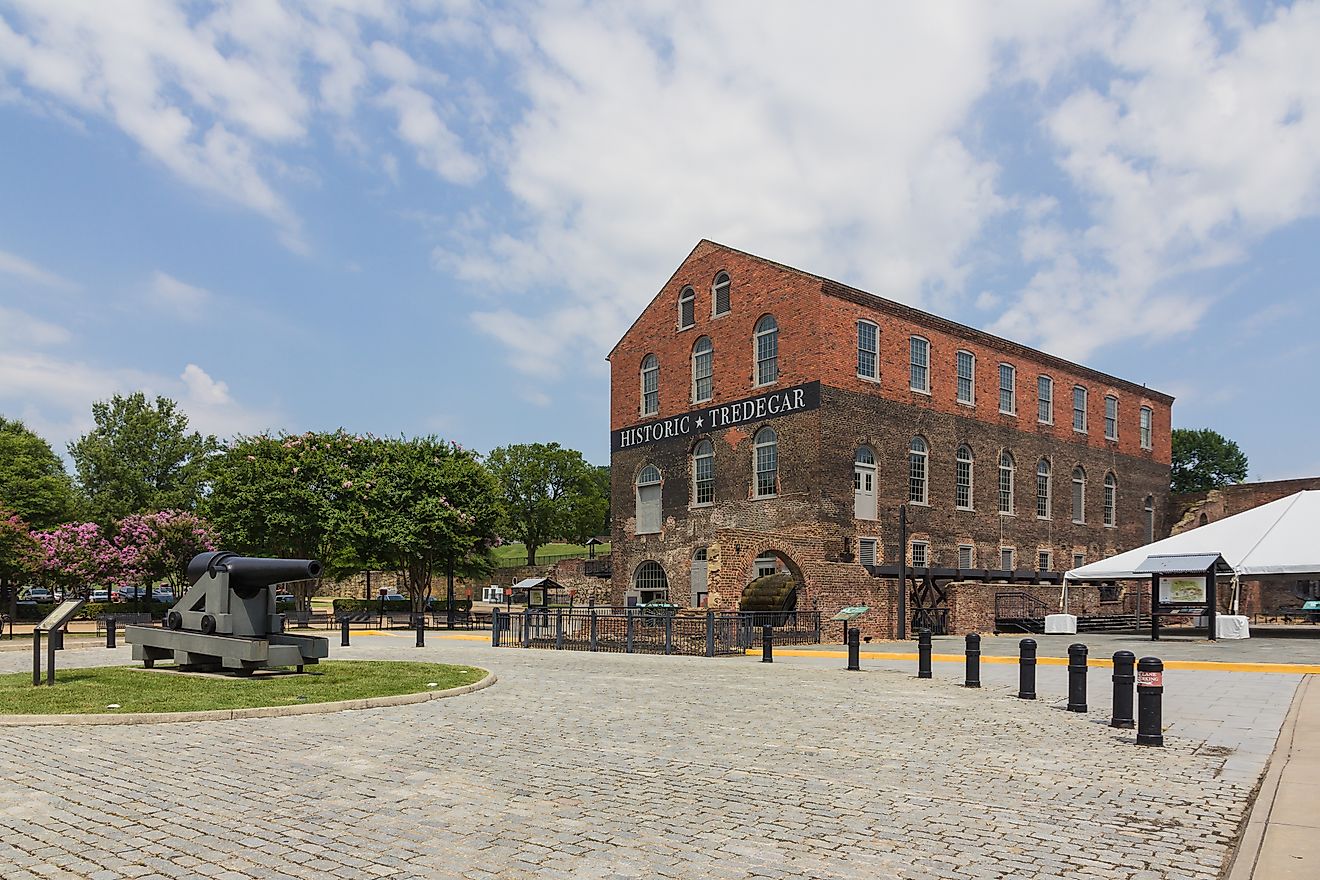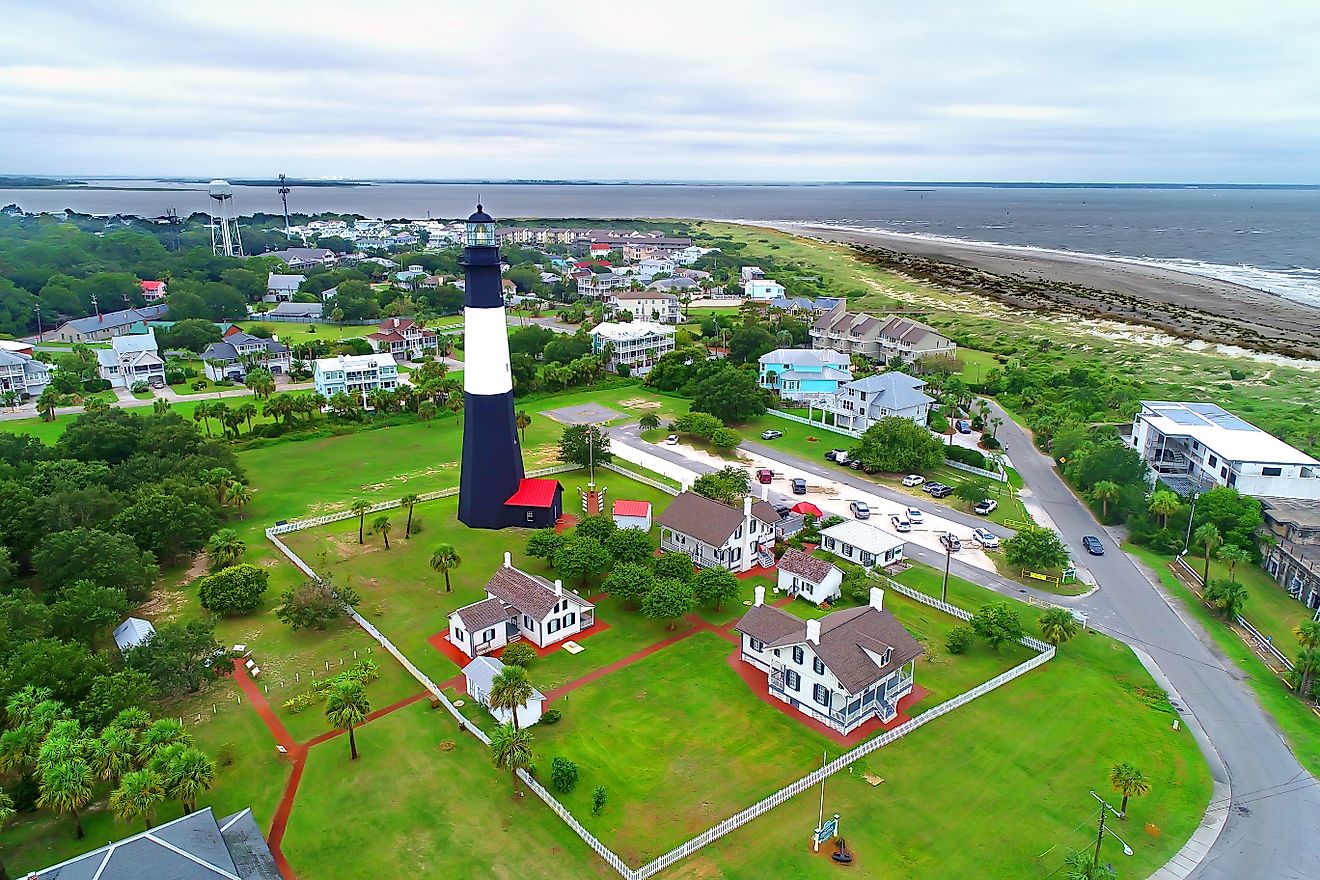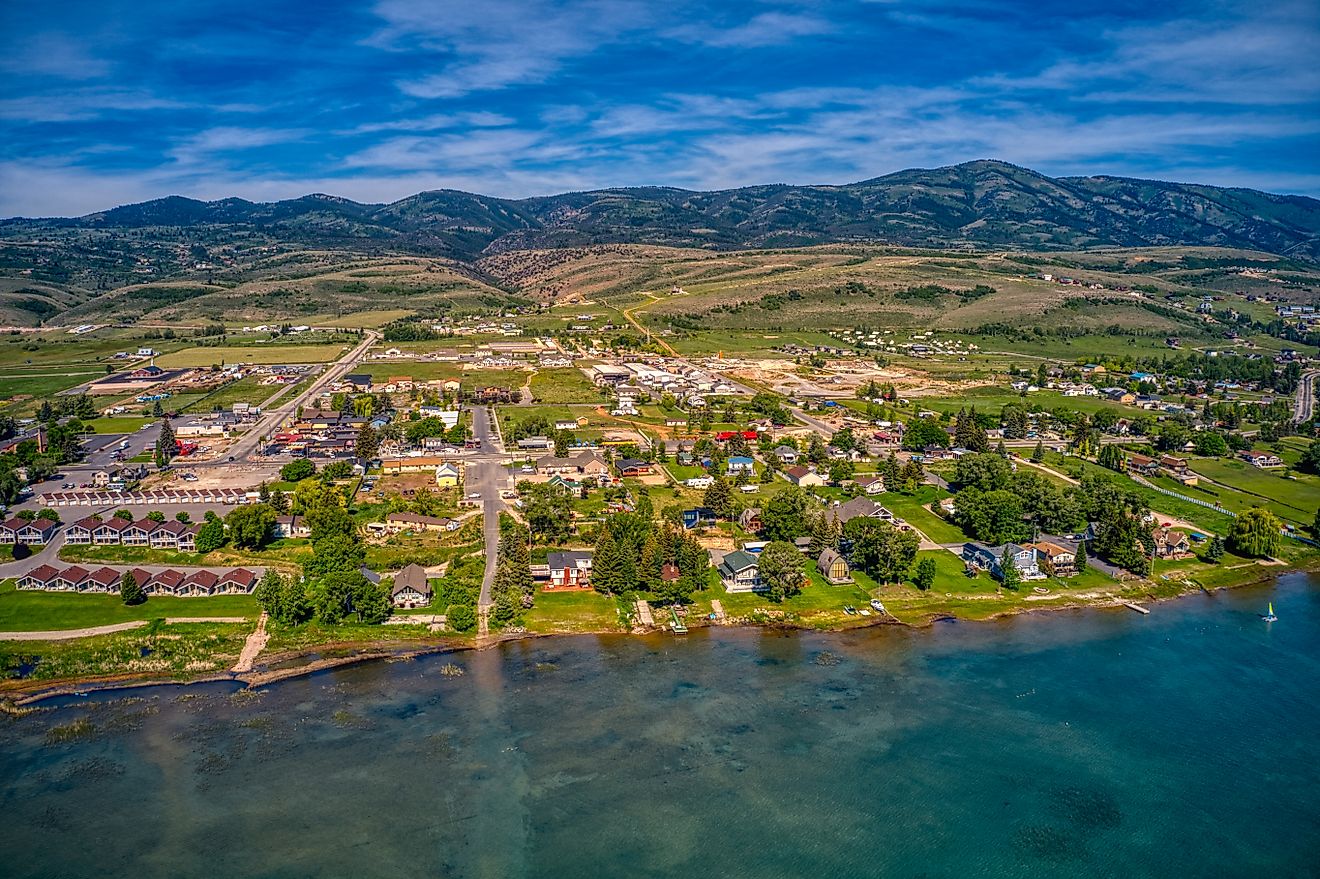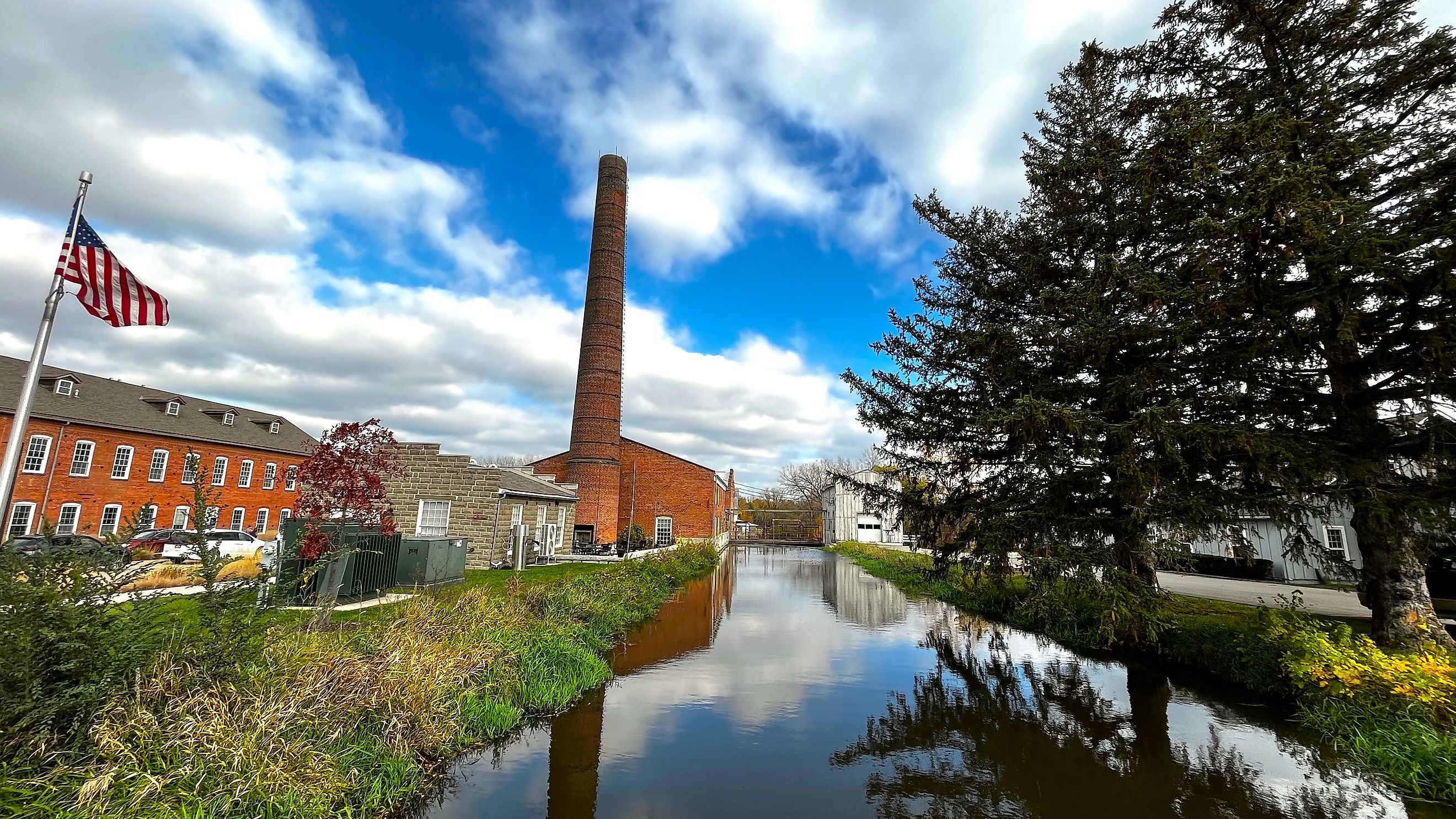
7 Towns In Iowa That Were Frozen In Time
You can skip Iowa's page in the American history book. That's not because the Hawkeye State is dull but because its sweetest history is preserved in three dimensions throughout small towns. Thanks to dedicated stewards, those sites have survived for decades, centuries, millennia, and even eons. For that reason, a journey into rural Iowa is more like time travel, as you can go from the 1950s in Clear Lake to the 1850s in Amana to the pre-Columbian era in Bellevue to the Precambrian period in West Bend. Cover billions of years in one week in these seven Iowa towns.
Bellevue
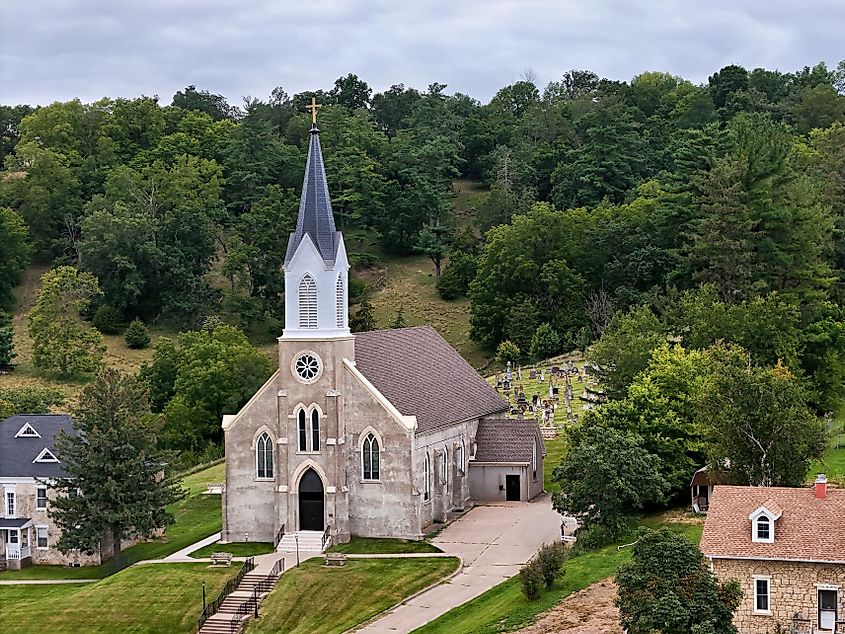
Bellevue occupies the Driftless Area, a region of the American Midwest that escaped recent glaciation. As such, it displays unique pre-Ice Age geology and biodiversity, especially at Bellevue State Park. Dolomite bluffs, Mississippi River vistas, and 50-some species of butterflies headline the park, but if you dig deeper (metaphorically—don't actually dig in the park), you can find Native American burial mounds. After admiring relics from hundreds of millions of years ago to thousands of years ago, enter downtown Bellevue for centuries-old sights like the Jackson County Courthouse, which was built in circa 1845 and now serves as Bellevue Elementary School, and Potter's Mill, which began as a grist mill in circa 1843 and has since alternated as a tavern, restaurant, museum, event venue, and bed & breakfast. Rest up at Mont Rest Inn, a castle-esque retreat from 1893.
LeClaire
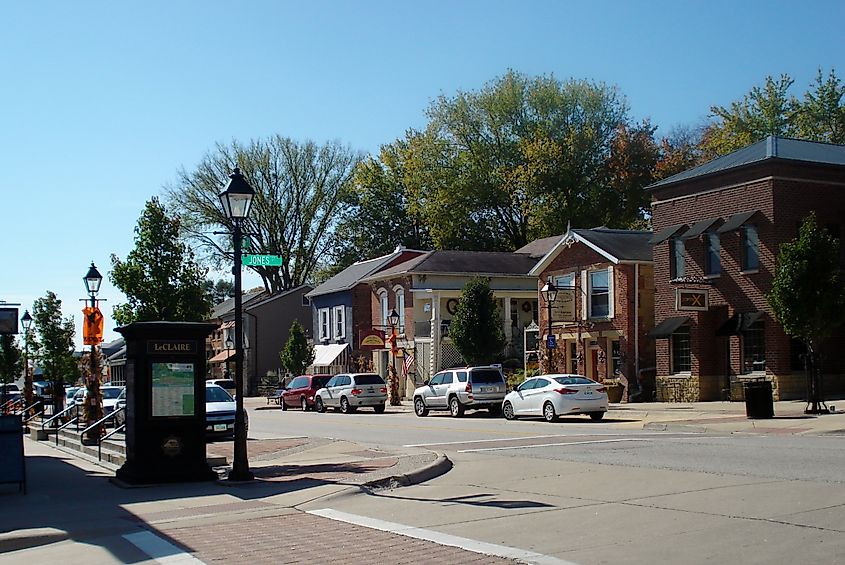
Located ~50 miles due south of Bellevue, LeClaire invokes a time when steamboats ruled the Mississippi. Docked in its Buffalo Bill Museum is Lone Star, which, having been crafted in 1868, is the "nation’s single remaining wood-hulled steamboat built in the traditional 'western rivers' style." Now a stationary exhibit, Lone Star, when paired with other exhibits honoring LeClaire as the birthplace of Buffalo Bill Cody, can be an authentic appetizer to a reconstructed main course aboard the Riverboat Twilight. That Victorian-style vessel offers trips through bygone eras and elegance along the majestic Mississippi. Back on shore, hit up Antique Archaeology, a repository of relics—and merchandise—made famous by the History Channel show American Pickers. LeClaire is a valuable pick.
West Branch
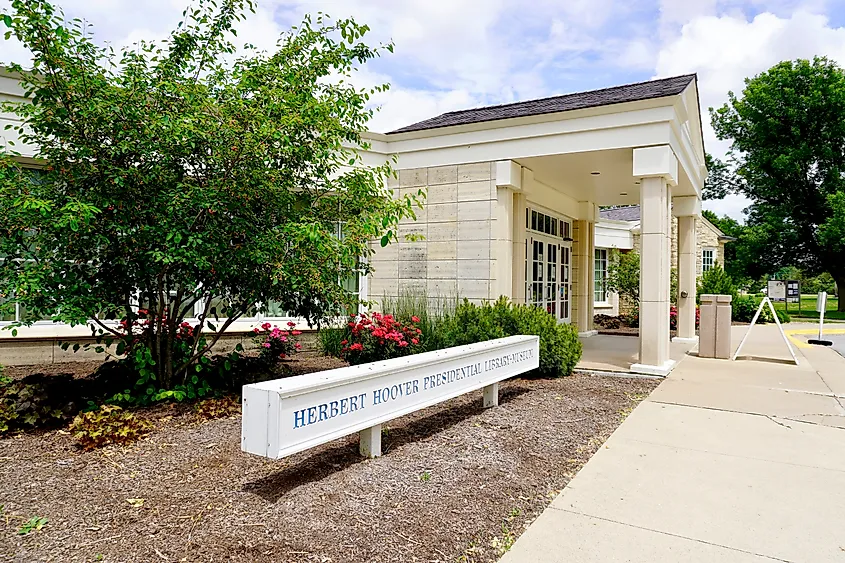
West Branch is situated west of LeClaire as a branch for further sightseeing. Another famous birthplace, this 2,500ish-person city, aided the creation of future president Herbert Hoover in 1874. Hoover's birth cottage, built in 1871, is preserved alongside his gravesite, library, and possible schoolhouse as part of the Herbert Hoover National Historic Site. Other contributing structures are the Blacksmith Shop (a representation of the one owned by Hoover's father), Friends Meetinghouse (a restored Quaker place of worship patronized by Hoover's family), and Statue of Isis (a gift from Belgian sculptor Auguste Puttemans to Hoover in gratitude for his famine relief during WWI). After perusing West Branch's presidential history, collect commercial relics in the West Branch Commercial Historic District, a preserve of turn-of-the-20th-century storefronts highlighted by the c.1894-built Gruwell and Crew General Store.
Clear Lake
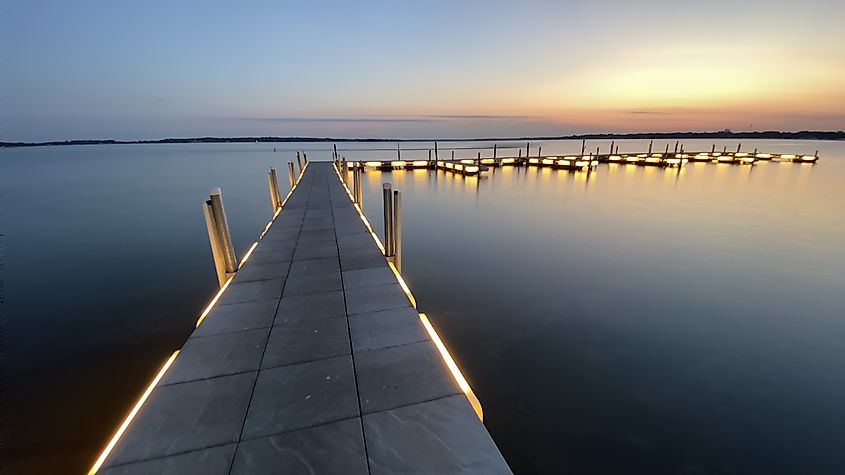
Clear Lake is where turbulent history meets modern entertainment. Surrounding its spring-fed namesake lake are phoenixes of brick and mortar—buildings once literally aflame and now figuratively on fire. The aptly named Lake Theatre began in circa 1890 as an opera house before burning up in 1935 and rising from the ashes as a movie theater. Just a couple blocks away sits the Clear Lake Fire Museum, a cache of fire-fighting antiques, notably the 1924 Ahrens-Fox Pumper Engine, in a building designed to resemble a 1920s-era station. But Clear Lake's clearest proof that tragedy plus time equals elegance is the Surf Ballroom, whose original building's 1947 fire is its second most tragic association. In 1959, it hosted the last performances of Buddy Holly, Ritchie Valens, and the Big Bopper before they died in a plane crash a few miles away. The Surf is an active venue and also a Historic Rock and Roll Landmark while the crash site is a tourist attraction marked with a sculpture of Holly's horn-rimmed glasses.
Keokuk
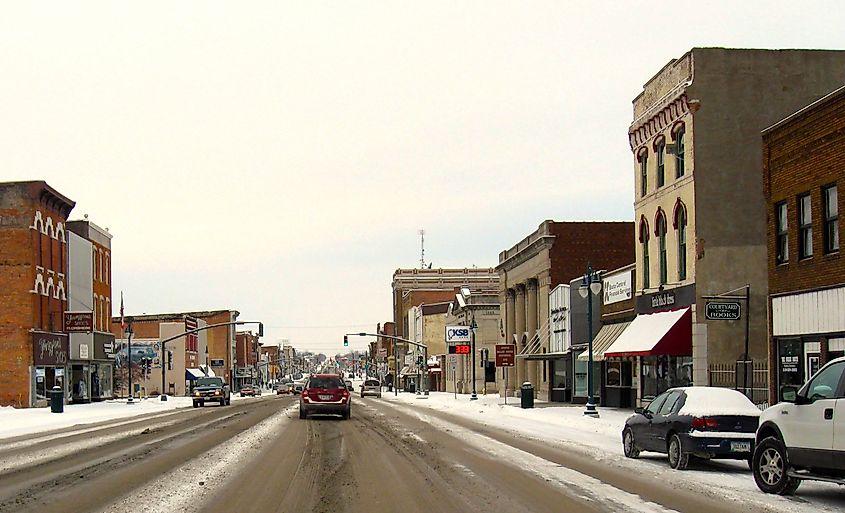
As Iowa's southernmost city, Keokuk occupies the tiny tip where the Mississippi and Des Moines rivers make the borders for Missouri and Illinois. Unsurprisingly, it has long been a multi-river, multi-state hub. Some of its oldest and busiest sites are the Miller House, which was built in 1859 by future associate justice of the Supreme Court Samuel Freeman Miller; Keokuk Union Depot, a historic train station constructed circa 1890; Chief Keokuk Monument, a statue of the titular chief erected in 1913 over his alleged burial site in Rand Park; and George M. Verity, a 1927-built towboat turned into a tourable museum. The last of those is among Iowa's 28 National Historic Landmarks.
West Bend
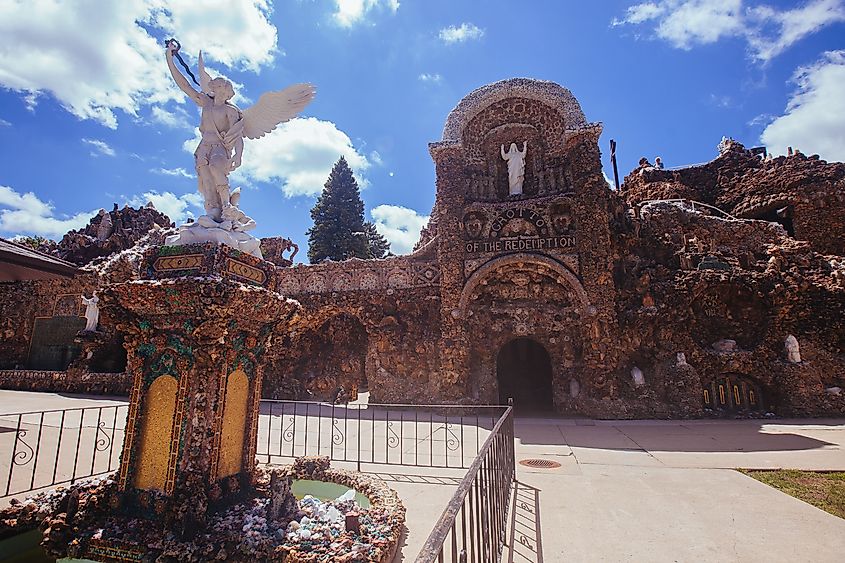
Few buildings showcase billions of years of geologic history. West Bend's Shrine of the Grotto of the Redemption does so with unique architecture and religiosity. This labyrinthine shrine was a passion project for German priest Paul Dobberstein. Also a rabid rock hound, he built the Grotto from 1912 to his death in 1954 using everything from agates, amethysts, and azurites to quartz, geodes, and petrified wood. Now it is said to contain the "largest collection of precious and semi-precious rocks, minerals, fossils and petrifactions concentrated in any one spot in the world." Although it might be hard to focus on anything else in sleepy West Bend after witnessing the Grotto, other stimulating historic sights are a replica of a prairie sod house on 1st Ave SE and the West Bend Historical Museum on 3rd St SE.
Amana
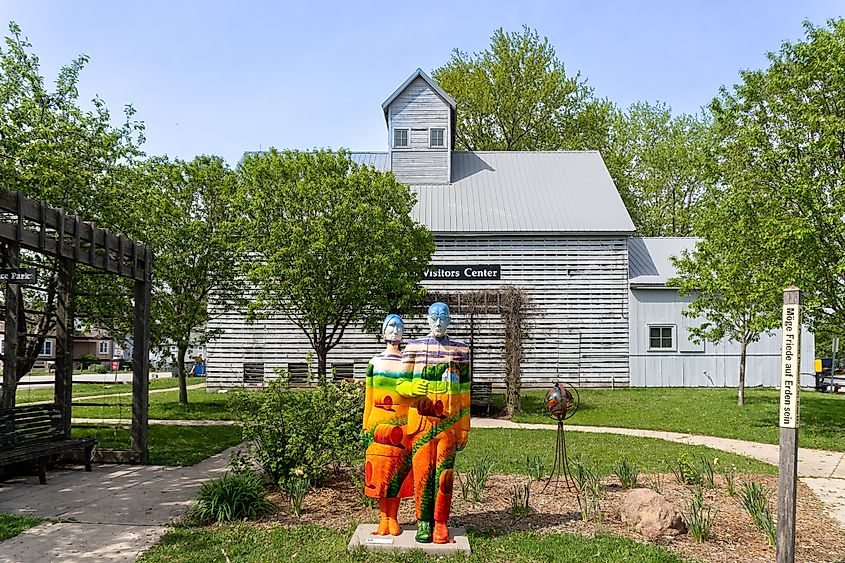
Amana is the main village of seven that comprise the Amana Colonies, which were founded by German Radical Pietists in the mid-19th century. Residents led largely self-sufficient lives until 1932 when Great Depression challenges necessitated a "Great Change" to free enterprise. Thus, Amana turned from a closed community to a tourist destination focused on past closeness. Over 450 communal-era buildings occupy the seven colonies, including the Ox Yoke Inn (c. 1856), Hotel Millwright (c. 1855), and Millstream Brau Haus (c. 1860) in Amana proper. Amana, its six adjacent villages, and their combined 1,500ish residents are a National Historic Landmark. They earned that designation in 1965.
Time is frozen at different moments in different Iowa towns. Bellevue, having escaped glaciation, preserves a time that was never frozen. LeClaire displays 19th-century Mississippi majesty. West Branch captures a presidential career, while Clear Lake captures careers cut short on "The Day the Music Died." Keokuk showcases turn-of-the-century transportation, and West Bend harkens back to geologic development. Lastly, Amana presents a communal society experiencing "Great Change" in 1932. Which town/era will launch your time-traveling Iowa vacation?
